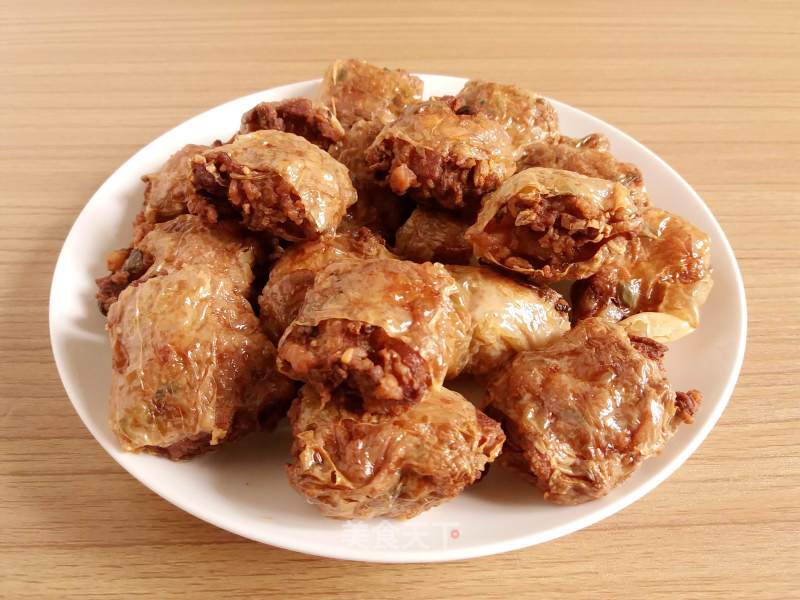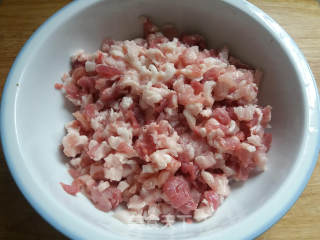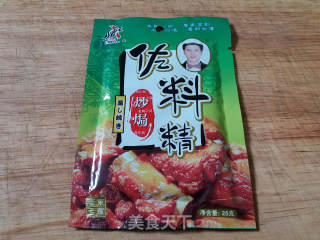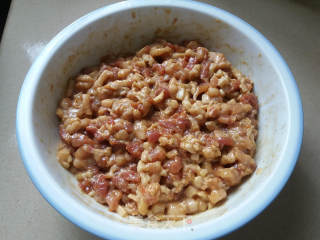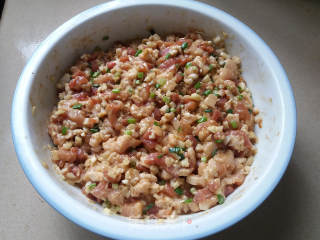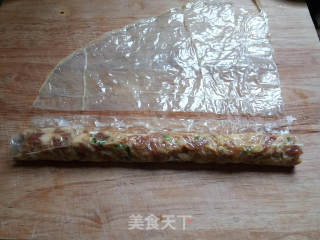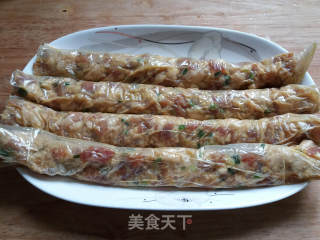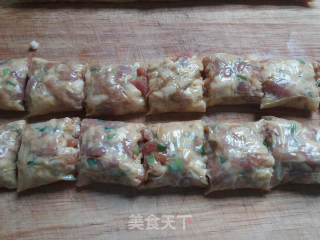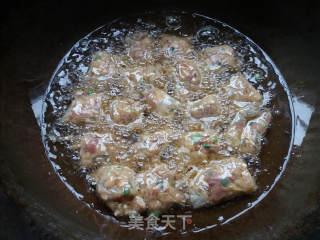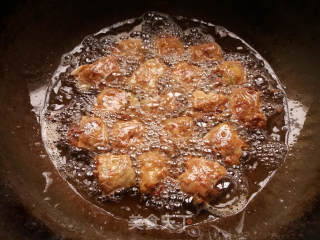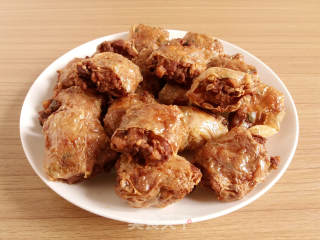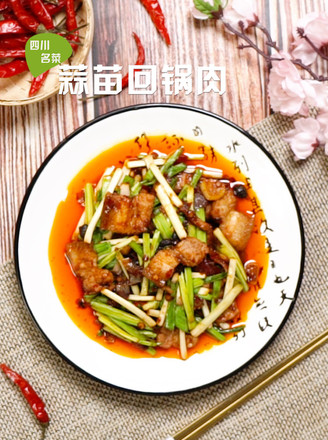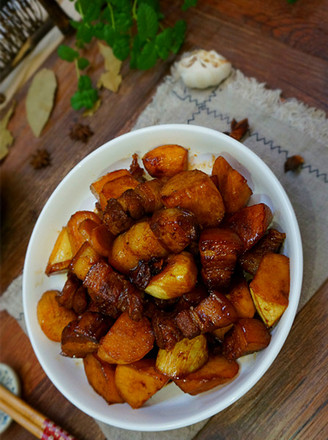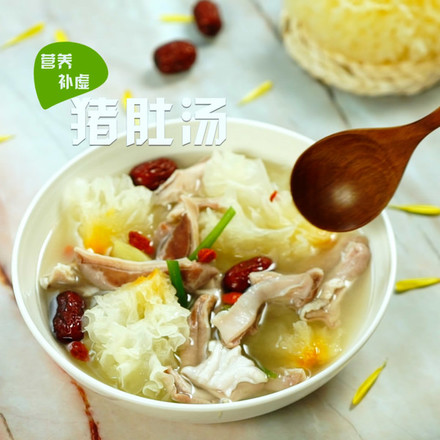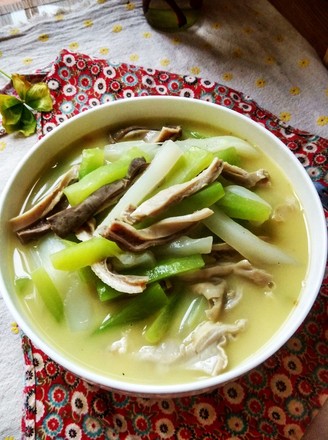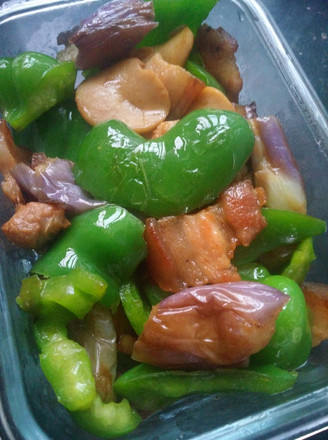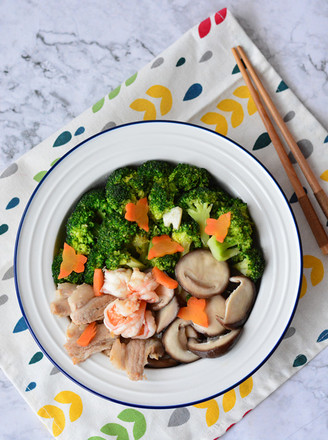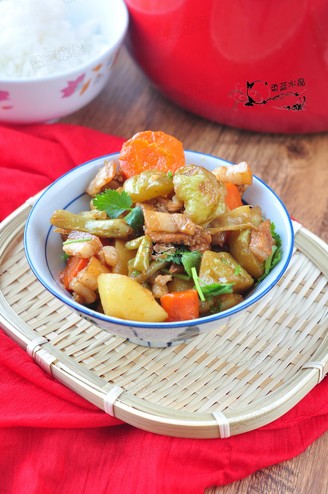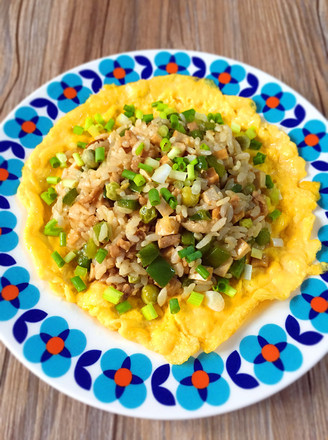【guangdong】kuih Meat
by One degree below zero 0511
Favorite
Difficulty
Normal
Time
15m
Serving
2
Kueh meat is a traditional folk delicacy in the Chaoshan area of Guangdong. It can also be called one of the Chaoshan delicacies. Almost every household in the Chaoshan area will make this kind of delicacy during the New Year. Maybe many friends from outside the province have never heard of the word Kueh meat. , I don’t understand why it is named this way. I grew up in the Chaoshan area, and I can say that I still love this kind of delicacy. The pork belly is the main ingredient, marinated with spices and rolled into strips, then chopped into lumps and deep-fried until golden brown. The fat of the pork belly can be released during the frying process, so it’s not easy to eat. It doesn't feel slippery, but it has a fragrant texture with crispy fillings. If you are a friend from Chaoshan, Guangdong, you are definitely familiar with it, but for friends outside the province, you can buy ingredients on Taobao and make them at home. But it needs to use rot film and condiment essence (the rot film is also a kind of soy products, but the workmanship is thin and transparent, and the condiment essence is a special spice in Chaoshan area). These materials are more common in Chaoshan area and friends outside the province. It is very cheap to buy on Taobao. "

